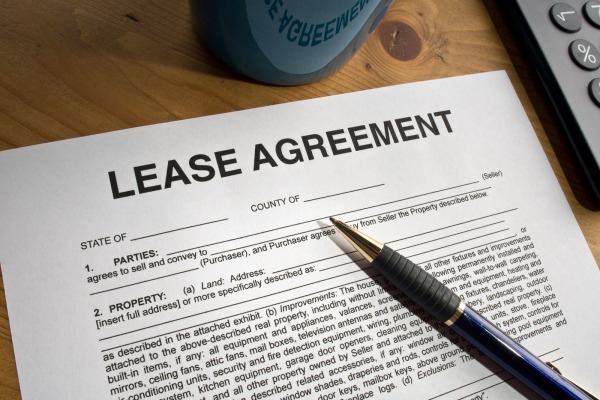
Leasing seems to have a vocabulary of its own. Understanding leasing terms can help you demystify this often confusing process. Here are the key words and their definitions.
Allowable Mileage: This is the number of miles you are allowed to drive over the term of the lease. Often this is stated as the number of miles per year you can drive. Most leasing companies allow 12,000 miles a year. On a three-year lease, that means you can drive a total of 36,000 miles. If the allowable miles are exceeded, you typically must pay between 12 and 15 cents per mile.
Capitalized Cost: Often called the cap cost, this is basically the negotiated price of the car and all the options. This becomes one of several figures used in calculating a monthly lease payment.
Depreciation: This is the amount by which property (in this case, a vehicle) loses its value. In leasing, depreciation is the difference between the new car's cost and the value of the car at the end of the lease (plus tax, interest and various leasing fees).
Drive-off Fees: This is the amount of money you must pay to begin the lease. Typically, this includes various DMV and leasing fees plus a security deposit. Some people who want to reduce the amount of their monthly payments will also make a cap reduction payment. This is cash, paid up front, and it becomes part of the drive-off fees.
Early Termination: This means you want to get out of the lease contract before all your payments have been made. After 24 months of a three-year lease, for example, you might decide you no longer can afford the car, or you are sick of it. So you decide you want to terminate the lease. This is very costly since leasing companies require you to make all the remaining payments and pay a penalty. However, some new Internet companies have sprung up recently to help people sell their leases to someone who wants to step into a short-term lease at lower payments.
Excess Wear and Tear: Most lease contracts have a clause which states that the person leasing the car is responsible for the cost of "excess wear and tear" to the vehicle when it is returned. When cars are used, they will eventually show signs that someone has been in them. What is considered excessive? Check your contract for specifics. But keep in mind that it is important to have the car washed and detailed before you return it. This can go a long way to avoiding having your security deposit revoked or extra charges levied by the leasing company.
Gap Insurance: If your leased car is stolen or totaled in an accident, there might be a gap between what your insurance company will pay you for the loss and the amount you now must pay to the leasing company. If you take out gap insurance (it is included in some lease contracts), this will cover you for this loss. For more information, check out the section on gap insurance in our article, Little Known But Important Insurance Issues.
Lessee: This is the person who has leased the vehicle.
Lessor: The lessor is the party who is leasing the car to you. Even though the dealership is arranging the lease, the lessor is often a bank or the financial arm of a car manufacturer.
Money Factor: Also called a lease factor or even a lease fee, this is the interest rate you are being charged. It is expressed as a multiplier that can be used to calculate your monthly payments. For example, 7.2 percent interest, when expressed as a money factor, is .0030. To convert a money factor to an interest rate, multiply by 2,400. To convert an interest rate to a money factor, divide by 2,400. (Always use 2,400 regardless of the length of the loan.)
MSRP: This stands for Manufacturer's Suggested Retail Price. Many dealers will try to base their leases on MSRP or above. However, you can negotiate a lower price to base the lease on.
Payoff Amount: Sometimes called buyout amount, this is the amount of money you have to pay to own the car. The payoff amount might be different from the residual value because of a refunded security deposit.
Residual Value: This is the leasing company's prediction of what the car will be worth at the end of the lease. The residual value is also important because it affects your monthly payment. The higher the residual, the lower your monthly payments.
Sales Tax: A portion of every monthly lease payment is paid for sales tax. However, you pay tax only on the amount of the car's value you are using. In other words, rather than paying 8 percent sales tax on a $20,000 car, you pay 8 percent of the $8,000 the car declines in value as you drive it. People who hate paying taxes love this part of leasing.
Security Deposit: The security deposit is usually equal to one monthly payment. Multiple security deposits can sometimes be made to reduce the interest rate and, consequently, the monthly payment.
Subsidized or Subvented Lease: To make leases more attractive to consumers, manufacturers sometimes subsidize or subvent the leases. This means that they are either offering very low interest rates or they are inflating the residual value of the vehicle. Both tactics have the effect of lowering the monthly payment for the consumer.
Term: This is the length of the lease agreement. Typical leasing lengths are 24, 36, 48 and 60 months. However, sometimes lease agreements are for 36, 38 or 40 months (to make the lease payments appear smaller). We recommend that consumers choose a 36-month lease term.